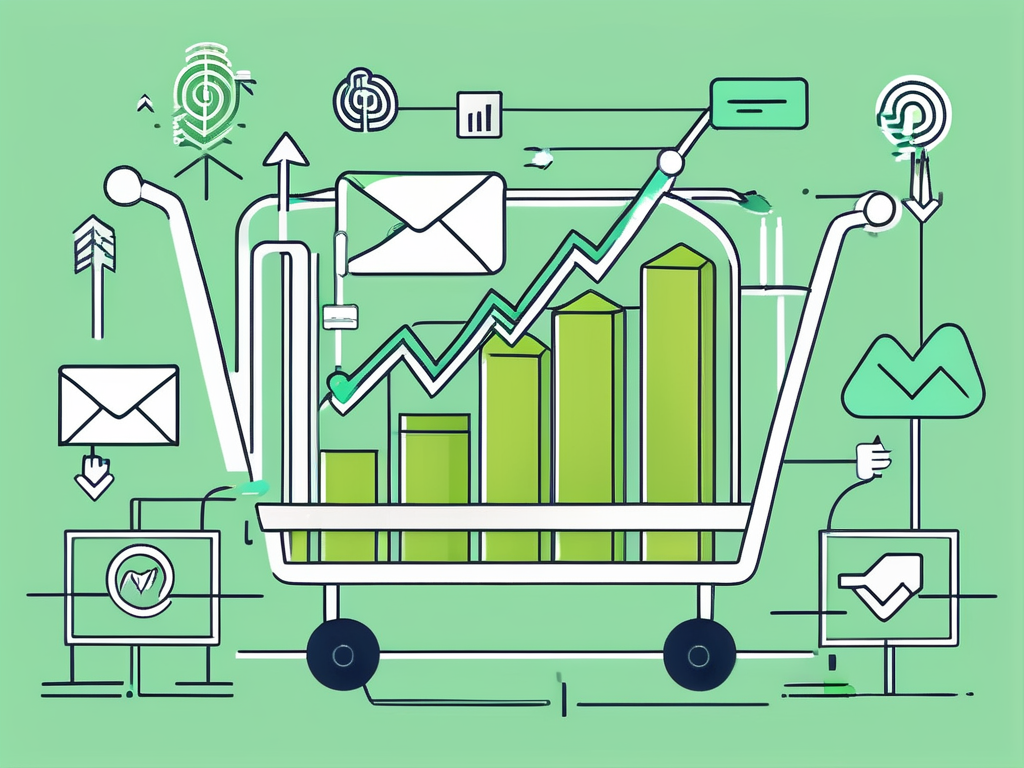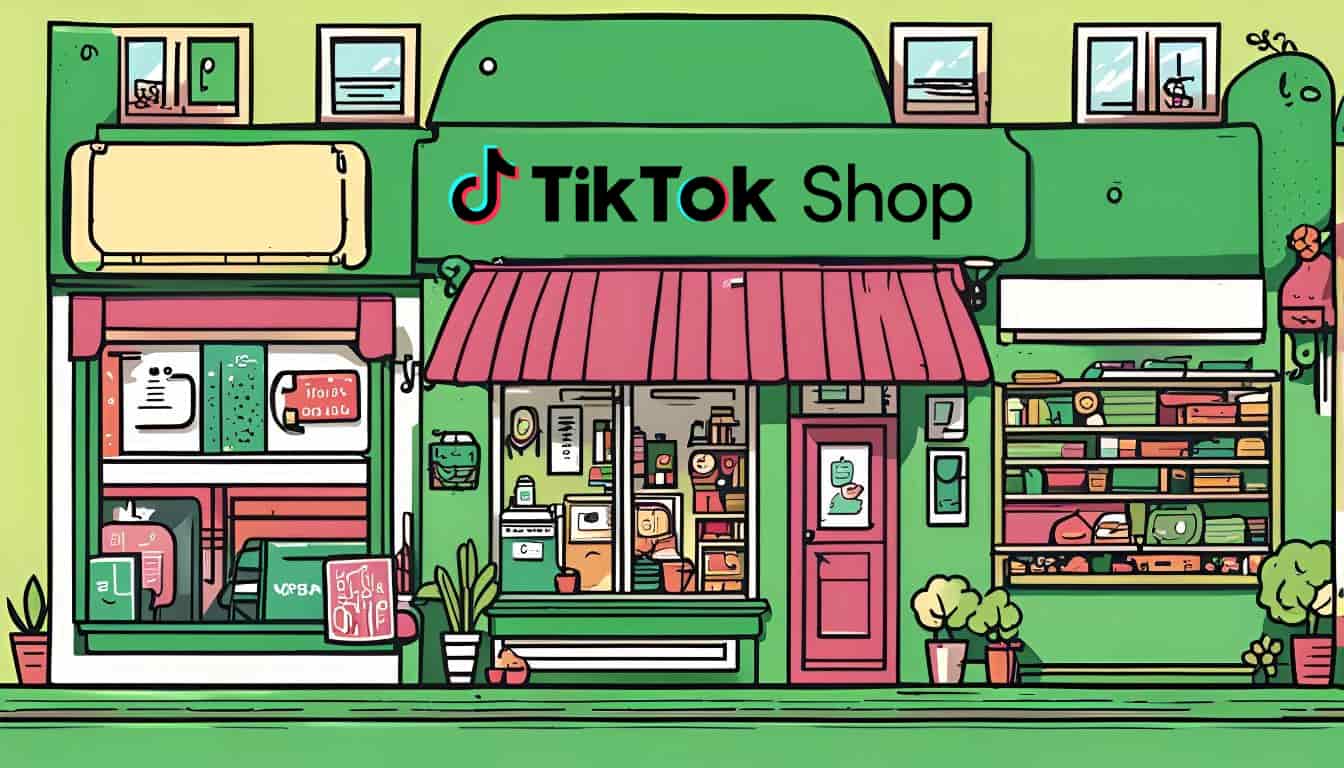Share this
When Was Online Shopping Invented? A Brief History
by Shipfusion Team on Dec. 6, 2024

The advent of the Internet has transformed many aspects of daily life, not least of which is the way people shop. Online shopping has gradually evolved, becoming an integral part of modern retail. Understanding its beginnings offers insight into how far e-commerce has come and what the future may hold.
The Dawn of Ecommerce
The concept of online shopping began to take shape in the late 1970s and early 1980s. The initial experiments revolved around basic transactions facilitated by telecommunication systems. These early attempts laid the groundwork for a more sophisticated ecommerce system.
The First Online Transaction
In August of 1994, a significant milestone occurred when a man named Phil Brandenberger made the very first secure online transaction. He purchased a CD titled "Stinger" from the musician Sting for $12.48 using the encryption technology known as SSL (Secure Socket Layer). This transaction not only marked a pivotal moment in online shopping but also established the foundation for secure electronic commerce.
Prior to this moment, online shopping was largely theoretical. Brandenberger's transaction demonstrated that consumers were willing to exchange money online, given the assurance that their personal and financial information would remain safe. This landmark event encouraged other businesses to consider establishing their own online platforms.
Early Pioneers in Online Shopping
Following the first transaction, several companies emerged as pioneers in the online shopping arena. Notable among these was Amazon, founded in 1994 by Jeff Bezos. Originally an online bookstore, Amazon quickly expanded its offerings to include a vast range of products. Its focus on customer experience and efficient delivery set new standards in the ecommerce industry.
Another notable player was eBay, launched in 1995 by Pierre Omidyar. The auction-style platform enabled users to buy and sell items directly, creating a unique marketplace that was distinct from traditional retail. This model not only fostered competition but also made it easier for small entrepreneurs to reach customers worldwide.
As these platforms gained traction, they also sparked a wave of innovation in payment processing and logistics. Companies like PayPal emerged to facilitate secure online payments, removing barriers that previously hindered consumer confidence in online transactions. Meanwhile, logistics companies began to adapt to the new demands of ecommerce, developing systems that could handle rapid shipping and returns, which became essential for customer satisfaction. This evolution in payment and delivery systems was crucial in transforming ecommerce from a niche market into a mainstream shopping option.
Moreover, the rise of the internet in the late 1990s and early 2000s played a significant role in shaping the ecommerce landscape. With more households gaining access to the internet, online shopping became increasingly accessible to the general public. Retailers began to recognize the potential of reaching a global audience, leading to a surge in online marketing strategies. Search engine optimization (SEO) and targeted advertising became vital tools for businesses looking to attract customers in an ever-growing digital marketplace.
The Evolution of Online Shopping
The late 1990s and early 2000s saw the birth of more advanced technologies that further propelled online shopping forward. As more consumers gained Internet access and comfort with making purchases online increased, businesses began to adapt accordingly.
The Introduction of Secure Payment Systems
By the late 1990s, innovations in secure payment systems were necessary to address growing concerns about fraud and data breaches. Companies like PayPal introduced reliable methods for processing online transactions, allowing consumers to shop without anxiety over the security of their financial information.
These secure payment systems also provided users with a layer of anonymity, which further facilitated the growth of ecommerce. Customers were able to make purchases without disclosing credit card information to multiple vendors, streamlining the shopping process while enhancing safety. Additionally, the introduction of encryption technologies, such as SSL (Secure Socket Layer), played a crucial role in safeguarding sensitive data during transactions. This technological advancement not only built consumer trust but also paved the way for a more extensive range of online services, including subscription models and digital wallets, which have become commonplace today.
The Rise of Ecommerce Giants
The next significant wave of online shopping development came with the emergence of ecommerce giants. By the early 2000s, companies like Alibaba and Walmart recognized the potential of digital platforms and entered the ecommerce market. Alibaba, founded in 1999, transformed B2B commerce and became a dominant player in China, connecting manufacturers and suppliers with businesses seeking their products.
Similarly, Walmart leveraged its existing retail infrastructure to create a robust online shopping platform, reflecting its commitment to remaining competitive in a rapidly changing market. As these giants expanded their reach, they also influenced smaller retailers to build their online presence to maintain market share. This shift not only democratized the retail landscape but also led to the rise of niche markets and specialized online stores.
Entrepreneurs began to see the potential of targeting specific demographics, leading to an explosion of unique products and services available at consumers' fingertips. The competition spurred by these ecommerce behemoths also encouraged innovation in logistics and supply chain management, as companies sought to improve delivery times and customer satisfaction, setting new standards for the industry.
The Impact of Technology on Online Shopping
As innovations in technology continued to develop, they played a significant role in shaping the online shopping experience. Advancements in mobile technology, in particular, took ecommerce to a new level.
The Role of Mobile Devices
With the proliferation of smartphones in the late 2000s, shopping habits began to shift. Consumers heavily embraced mobile shopping due to the convenience offered by devices. Shopping apps provided easy access to products and services at any time and from anywhere, revolutionizing the retail sector.
Retailers quickly recognized the movement toward mobile and adapted their websites and applications for easy navigation and seamless transactions. Many businesses began to implement mobile-exclusive deals or “flash sales” to enhance user engagement and drive sales, capitalizing on the growing trend of shopping on-the-go. Furthermore, features such as one-click purchasing and mobile wallets have streamlined the checkout process, making it faster and more efficient. This ease of use has led to an increase in impulse buying, as consumers can make purchases with just a few taps, often without the need to enter payment information each time.
The Influence of Social Media
Social media platforms emerged as powerful marketing tools, allowing businesses to connect with customers in innovative ways. Channels like Facebook, Instagram, and Pinterest have reshaped how products are advertised and sold.
Social commerce platforms not only offer promotional opportunities but also serve as channels for direct sales. Integrating shopping features allowed users to purchase items directly through ads or posts without needing to visit an external website. The blending of social interaction with online shopping created a new mode of engagement for consumers, illustrating how connectivity increasingly influences purchasing decisions.
Additionally, user-generated content, such as reviews and unboxing videos, has become a vital part of the shopping experience, as potential buyers often seek validation from their peers before making a purchase. This trend has encouraged brands to foster communities around their products, further enhancing customer loyalty and trust.
The Future of Online Shopping
As online shopping continues to evolve, emerging technologies promise to redefine the experience once more. Businesses are increasingly exploring new frontiers to attract and retain technology-savvy consumers.
The Emergence of Virtual Reality Shopping
Virtual reality (VR) is on the horizon as a tool for enhancing online shopping experiences. By creating immersive environments, retailers can offer consumers opportunities to explore products in dynamic ways. Imagine virtually walking through a store, selecting items as if you were physically present.
Several companies are already experimenting with VR shopping experiences, enabling users to interact with products in 3D. This technology has the potential to increase customer satisfaction, as shoppers can better visualize items and make more informed decisions.
Furthermore, VR shopping can transcend geographical limitations, allowing consumers from different parts of the world to experience a brand's offerings without the need for physical travel. This not only broadens the market reach for retailers but also enriches the shopping experience for consumers who may not have access to certain brands or products in their local area.
The Potential of Drone Delivery
Another area seeing rapid development is drone delivery. Companies like Amazon and Google have been investing in drone technology to provide fast, efficient delivery options. This innovation could reduce delivery times significantly, enhancing customer satisfaction by ensuring products arrive promptly.
While regulatory and logistical challenges remain, the potential for drone delivery represents a substantial shift in how goods can be distributed in the future. As ecommerce continues to evolve, it would not be surprising to see drone delivery integrated as a standard service offering. Additionally, the use of drones could lead to more sustainable delivery practices, as they are often more energy-efficient than traditional delivery vehicles. This shift towards eco-friendly logistics could resonate with environmentally conscious consumers, further driving the adoption of drone technology in the retail sector.
As these advancements unfold, we may also witness the integration of artificial intelligence in online shopping platforms, enhancing personalization and customer service. AI can analyze consumer behavior and preferences, allowing retailers to tailor their offerings and recommendations to individual shoppers, creating a more engaging and relevant shopping experience.
When Was Ecommerce Invented? 50 Years Ago. But It's Still Being Revolutionized Today
Online shopping has come a long way from its experimental origins to today’s dynamic, tech-driven marketplace. By exploring its history, we see a trend of constant innovation that has not only reshaped retail but also changed consumer expectations and lifestyles. From the early days of secure transactions to the modern influence of mobile devices, social media, and even the potential for VR and drone delivery, online shopping reflects a fusion of technology and convenience that keeps pushing the boundaries of what's possible.
For ecommerce businesses navigating this ever-evolving landscape, partnering with a logistics provider that understands the demands of online shopping is essential. Shipfusion offers the advanced logistics solutions and dedicated support to keep you at the forefront of ecommerce. Ready to bring your fulfillment strategy into the twenty-first century? Connect with our team today to see how Shipfusion can streamline your operations and help you deliver a first-class shopping experience.
Share this
You May Also Like
These Related Articles

How to Increase Conversions: Proven Strategies for Success

TikTok Shop Name Ideas and More Inspiration for 2025

How Ecommerce Brands Can Use the YouTube Shopping Affiliate Program
- April 2025 (18)
- March 2025 (26)
- February 2025 (26)
- January 2025 (37)
- December 2024 (16)
- November 2024 (23)
- October 2024 (22)
- September 2024 (27)
- August 2024 (9)
- July 2024 (8)
- June 2024 (5)
- May 2024 (8)
- April 2024 (8)
- March 2024 (6)
- February 2024 (6)
- January 2024 (5)
- December 2023 (3)
- November 2023 (3)
- October 2023 (5)
- September 2023 (4)
- August 2023 (2)
- July 2023 (1)
- June 2023 (4)
- March 2023 (2)
- October 2022 (1)
- September 2022 (5)
- August 2022 (4)
- July 2022 (7)
- June 2022 (4)
- May 2022 (4)
- April 2022 (6)
- March 2022 (2)
- February 2022 (1)
- January 2022 (3)
- December 2021 (2)
- November 2021 (4)
- October 2021 (2)
- September 2021 (5)
- August 2021 (4)
- July 2021 (4)
- June 2021 (3)
- May 2021 (2)
- April 2021 (3)
- March 2021 (3)
- February 2021 (3)
- January 2021 (2)
- December 2020 (4)
- November 2020 (2)
- October 2020 (4)
- September 2020 (2)
- July 2020 (5)
- June 2020 (4)
- May 2020 (2)
- April 2020 (2)
- March 2020 (4)
- February 2020 (1)
- December 2019 (1)
- May 2018 (1)
- March 2018 (2)
- February 2018 (3)
- January 2018 (3)
- November 2017 (3)
- July 2017 (4)
- March 2017 (3)
- February 2017 (5)
- January 2017 (3)
- December 2016 (4)
- November 2016 (6)
- October 2016 (6)
- October 2015 (1)
- September 2015 (1)
- June 2015 (3)
- May 2015 (3)
- August 2014 (1)
- July 2014 (1)
- March 2014 (1)
- February 2014 (1)